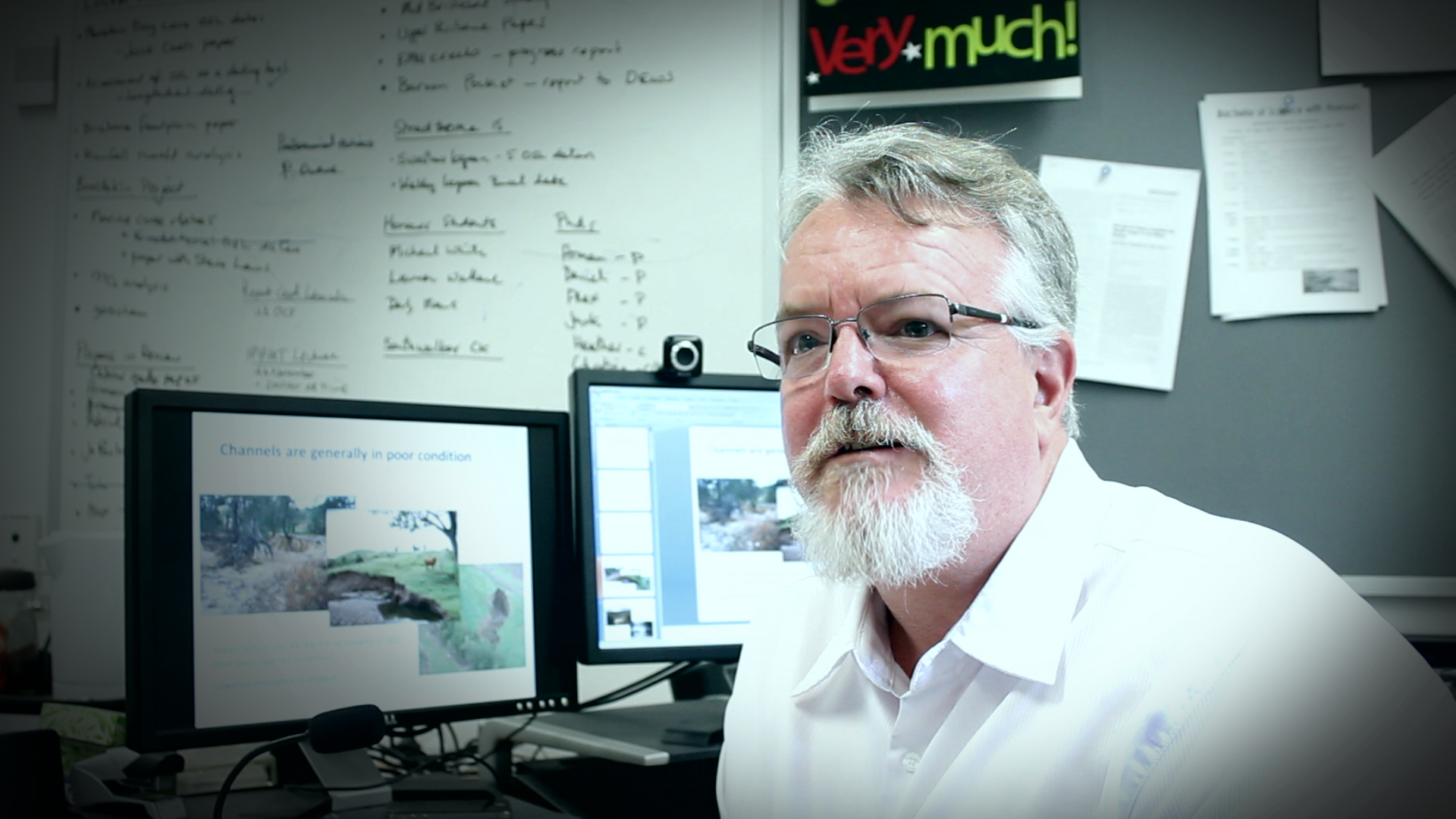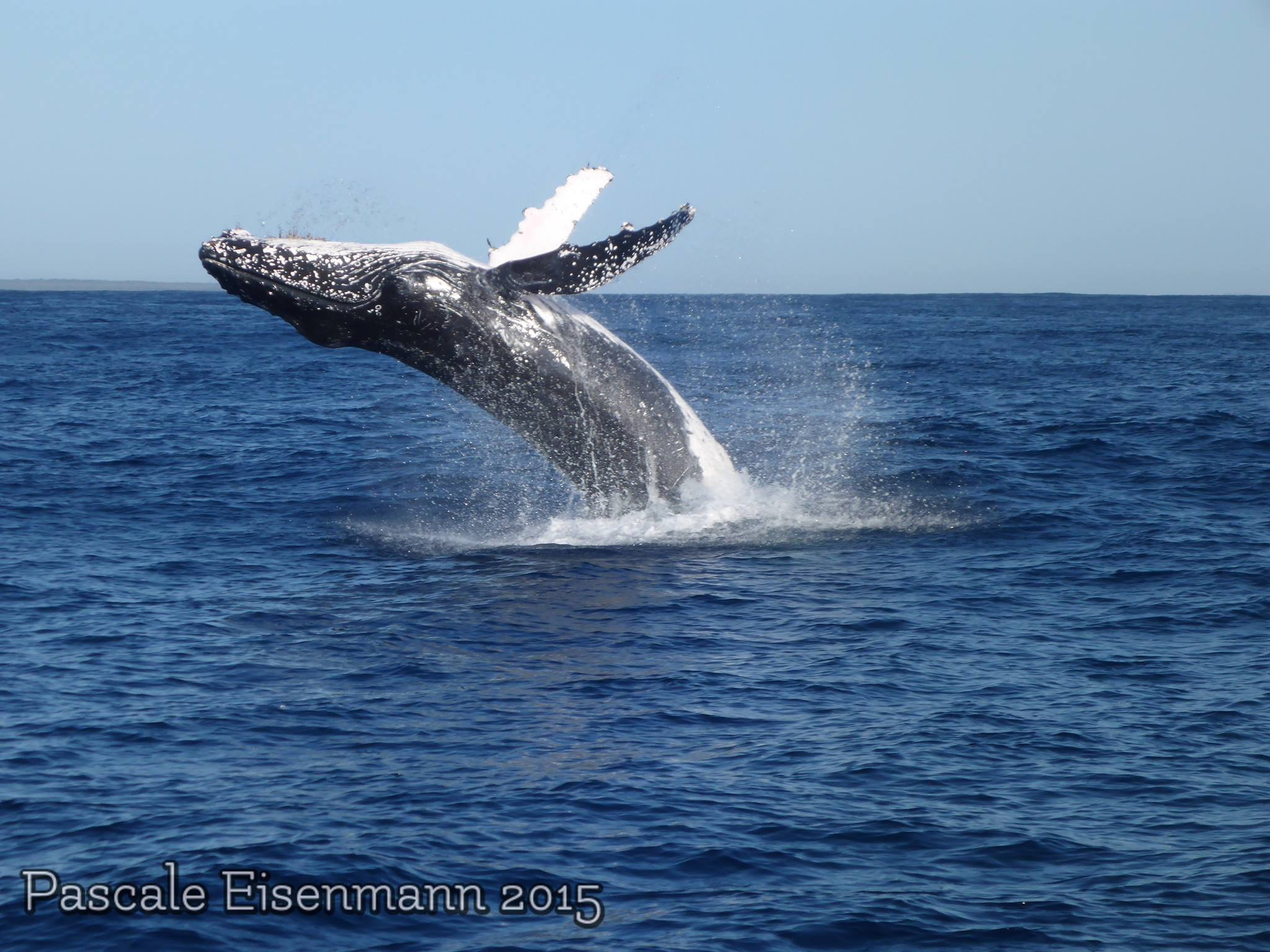The United Nations describes persistent organic pollutants as:
… chemical substances that persist in the environment, bio-accumulate through the food web, and pose a risk of causing adverse effects to human health and the environment. With the evidence of long-range transport of these substances to regions where they have never been used or produced and the consequent threats they pose to the environment of the whole globe, the international community has now, at several occasions called for urgent global actions to reduce and eliminate releases of these chemicals.
This article was first published in Impact @ Griffith Sciences magazine. Click here for more details
“We operate out of sight of the public … as the sight of people with rifles tracking whales can be quite confronting,” sage advice from Dr Susan Bengtson Nash from Griffith University’s Southern Ocean Persistent Organic Pollutants Program. A bit of background first.
Few people would know of the Stockholm Convention, nor would recognise that Australia is a foundation signatory to the Convention to eliminate the production of persistent organic pollutants or POPs.
As the name implies POPs are persistent toxins that accumulate in fatty tissues of animals, including humans. The most infamous is DDT, the pesticide common in the 70s, but hundreds of other chemicals have been identified within the Convention.
They are particularly insidious due to the fact that they can travel vast distances entering and consequently accumulating in food chains far removed from their point of production.
A key component of the Stockholm Convention is to monitor levels of these poisons without passports in the environment and, in the longer term, evaluate how effective legislative action has been at reducing these levels.
Dr Bengtson Nash leads the team responsible for Australia meeting the conditions of the Convention within the Antarctic region.
“POPs travel primarily via air masses; eventually settling out and becoming trapped in colder regions of the planet; in the Southern Hemisphere this is Antarctica. Australia holds claim to the largest Antarctic territory and as such also holds a major responsibility to show leadership in monitoring and environmental protection in the region,” explains Dr Bengtson Nash.
“Scientifically Antarctica is extremely important for measuring and evaluating POPs in the southern hemisphere environment as a significant proportion of the hemisphere’s remaining POP burden remains there.
Dr Bengtson Nash and her team focus on the input pathways of POPs to the Antarctic system, their distribution within the Polar landscape and ultimately their effects upon Antarctic biota. This research is built around three main areas:
- Quantifying input pathways of POPs to the region, including research stations, migratory seabirds, seawater currents and air masses with the latter two specifically serving legal obligations under the Stockholm Convention,
- Mapping the bio-geochemical cycles of POPs in Polar regions to develop an understanding of how POPs behave in the ice and snow dominated landscapes and importantly, how they respond to the seasonal extremes in productivity
- Investigating accumulation, mobilisation and toxic effects in biota including endemic species such as Antarctic krill, as well as highly specialised dependent predators such as southern hemisphere humpback whales.
“Antarctic Krill are a foundation species in the Antarctic, supporting most predators including baleen whales. Unfortunately, as a grazing zooplankton, krill “clean” the water column of phytoplankton and detritus, the principle entry point for POPs into the Antarctic food chain.”
This is where shooting whales for a thin sliver of fatty tissue forms a key component of her research.
“We are using blubber samples taken from whales both down in Antarctica and whilst on their migration past Australia to measure the amount of POPs in their system and gather clues about their nutritive state. Monitoring of biota provides ancillary data to atmospheric and seawater measurements and will help to evaluate whether the objectives of the Stockholm treaty are being met in this region.”
Dr Bengtson Nash and her team have a large task ahead of them, “It is a vitally important that we get a good understanding of POP behaviour in Polar regions, especially as these regions stand to respond first and most dramatically to a warming climate.”






Hi my friend! I wish to say that this post is amazing, great
written and come with almost all vital infos. I’d like to look extra posts like this .